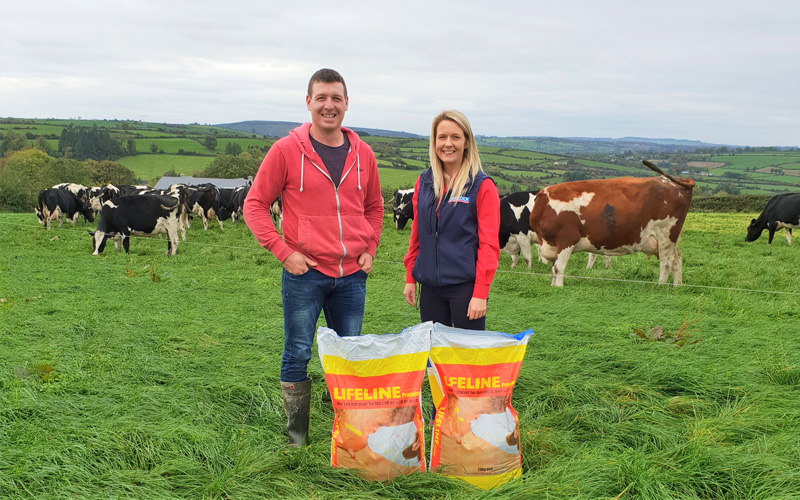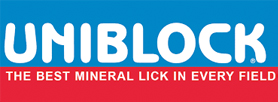What’s in your grass? #MineralsMatter – July 2019

Cattle – Grass Tetany
Potassium, magnesium and sodium content of herbage
Magnesium and sodium levels on average across the 10 samples is relatively low. The risk of grass staggers may increase with lower levels of magnesium in the herbage; however, it is not a reliable measure on its own. Sodium levels are also important when considering magnesium disorders in animals. The risk of staggers will increase when sodium levels are also low. Lush spring grass growth is one of the main causes of tetany as magnesium and sodium levels are usually low during this period, therefore it is advisable to avoid potash application to grazed swards during this time.
The mean magnesium and sodium levels across the 10 fields sampled in July was 1732mg/kg and 1752mg/kg respectively. These values are considered low, with 2000mg/kg being the minimum accepted value and 3000mg/kg being the recommended average.
Twenty percent (2 out of 10 fields sampled) of our samples were between the tetany prone and severe tetany risk, having mg levels of 0.13 and 0.14%. The remaining 80% of samples mg levels ranged from 0.16% to 0.2%.
It is recommended that these animals are supplemented with high magnesium licks to prevent grass tetany from occurring.
Contact us
Uniblock
Feed supplements, minerals and nutritional products for beef, dairy, sheep livestock and equine
Copyright © 2021 Uniblock. All rights reserved.
FIND US
